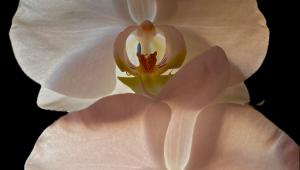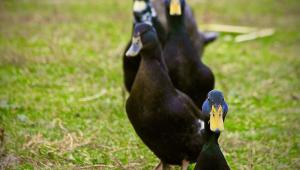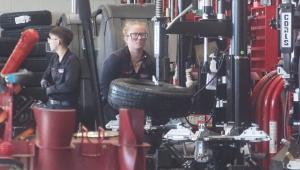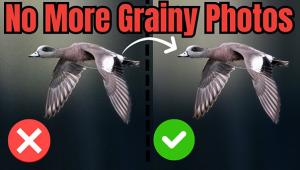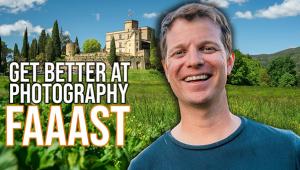I like the valuable information you provide in your articles. I would bookmark your weblog and check again here frequently.www.plagiarismsoftware.net
Aerial Photography Honored: With USPS Earthscapes Stamp Release
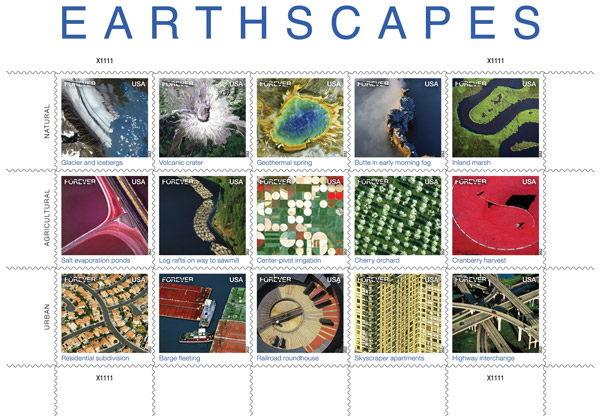
Courtesy of USPS
Art director Howard Paine said he chose photographs to showcase designs or patterns and geographic diversity. Paine, who has art-directed hundreds of USPS stamp projects for over 30 years as a contract employee, didn’t seem concerned about miniaturizing to postage-stamp size images usually displayed as large-format prints, posters, or in coffee-table books.
“Over the years, it hasn’t been unusual for stamp projects to portray large subject matter. For a sheet such as this, the images have to be lively in variety, but must also complement each other. Careful cropping, image simplicity, contrast, and color saturation are critical,” Paine said.


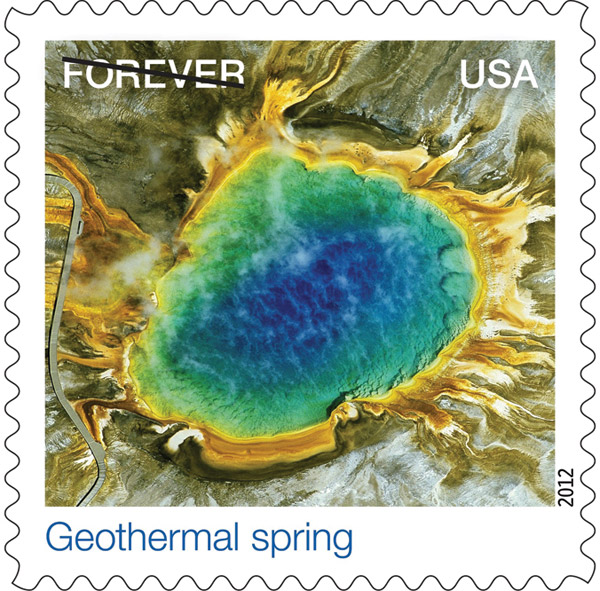
A USPS 15-member Citizens’ Stamp Advisory Committee made the decision to develop the series. It was then handed over to contract photo editors and researchers tasked with locating suitable images. A call for images did not go out to the photographic community. “I think you can imagine the volume of submissions we’d receive. We simply don’t have the resources to undertake that kind of review process,” Paine said.
The photo staff provided Paine with the hundreds of images he winnowed to find the final 15. Those selected came from a wide variety of sources—including the Landsat 7 and IKONOS satellites, stock images, and six photographers, one of whom provided five of the 15 images.
Eighty-year-old Jim Wark (airphotona.com), Pueblo, Colorado—who produced “Geothermal Spring,” “Butte in Early Morning Fog,” “Barge Fleeting,” “Railroad Roundhouse,” and “Skyscraper Apartments”—spends hours in his plane looking for great shots. When he finds them he said he simply grabs his camera, opens his window and starts shooting. “I’m looking for the pictures that the other guy doesn’t have,” Wark said.
Other photographers in the series include Cameron Davidson whose “Inland Marsh” was made with Fuji Velvia shot from a Cessna 177 modified for aerial photography. The image was made for a large-format photo book about the Chesapeake Bay.
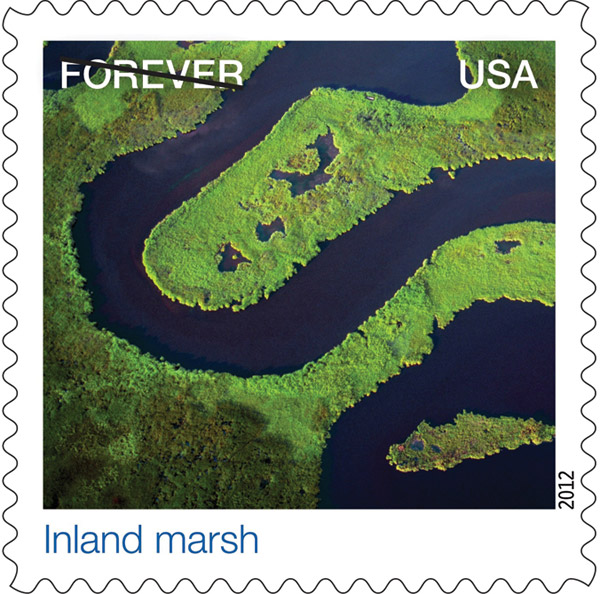


“I am a pilot, but I don’t feel it’s safe to fly and shoot at the same time. The majority of my aerials are shot from turbine helicopters,” Davidson said. For details about Davidson’s book, visit aerialchesapeake.com.
Barrie Rokeach (rokeachphoto.com) shot “Salt Evaporation Ponds” near San Francisco. In contrast to Davidson’s method, Rokeach said, “I hand hold the camera, fly and photograph simultaneously. I’m a pilot with commercial and instrument ratings and usually use high-wing Cessnas.”
Unlike Davidson and Rokeach, Tom Brakefield used a less stable platform for his “Log Rafts on Way to Sawmill.”
“The shot was taken hanging out of a tiny micro-light kite as we were bounced from pillar to post in the steep canyons of the Columbia River along the Washington-Idaho border,” Brakefield said. He shot with Fuji Provia. For a look at Brakefield’s stock images, click on inmagine.com.
Richard Hamilton Smith (richard hamiltonsmith.com) photographed a Door County, Wisconsin “Cherry Orchard” from a rented Cessna 172 with Fuji Velvia. Hamilton Smith said that the shot was made for a large-format photo book on Wisconsin. This particular image didn’t make it, but another from the shoot did.
Steve Dunwell (stevedunwell.com) reported that “Cranberry Harvest” was made in late September, 1992, from a helicopter at approximately 500 feet. At the time, Dunwell said, he was working on a series of aerial landscape photographs of distinctive Massachusetts South Shore scenes for an annual report for a local bank. His film? Kodachrome.



Advanced imaging technology is also represented in the stamp series in the form of three satellite images. Bear Glacier (“Glacier and Icebergs”) is one of 40 glaciers flowing off the vast Harding Icefield located 130 miles south of Anchorage, Alaska—the largest in North America and a 300-square-mile vestige of the last Ice Age. The GeoEye IKONOS satellite made this 1-meter resolution image in 2005 flying 423 miles above the Earth at an average speed of 17,000 mph (geoeye.com).
“Volcanic Crater” and “Center-pivot Irrigation” were made by the Landsat 7 satellite operated by NASA (landsat.gsfc.nasa.gov). The crater is Mount St. Helens imaged in 1999—19 years after it erupted—leveling over 200 square miles of forest, leaving the surrounding landscape barren and the mountain 1300 feet shorter.
Center-pivot irrigation systems created the circular patterns in cropland near Garden City, Kansas. The red circles indicate irrigated crops of healthy vegetation. Light-colored circles represent harvested crops. The image was made in 2000. “Residential Subdivision” and “Highway Interchange” are two stock images that round out the 15 stamps placed in three rows of five.
Lorin R. Robinson’s day job is Professor of Marketing at the University of St. Thomas, Minneapolis, Minnesota. His passions include photography, flying, adventure travel, and travel writing.
- Log in or register to post comments


Center-pivot irrigation systems cropland near created the circular patterns in cropland near Garden City, Kansas. The red circles indicate irrigated crops of healthy vegetation. Light-colored circles represent harvested crops. represent harvested crops. The image was made in 2000. “Residential Subdivision” and “Highway Interchange” are two stock images that round out the 15 stamps placed in three rows of five.Lorin R. Robinson’s day job Minneapolis, Minnesota is Professor of Marketing at the University of St. Thomas, Minneapolis, Minnesota. His passions include photography, flying, adventure travel, and travel writing.

Nice to be visiting your blog again, it has been months for me. Well this article that i've been waited for so long. I need this article to complete my assignment in the college, and it has same topic with your article. Thanks, great share.
Cell phone spy
Text Messages Spy

There are lot of factors to consider when entering this job, being a photography is really great.The shots here are awesome and the angle is really impressive.
Android Spy

To be a photographer it's nothing unusual, but to hold the camera, fly and photograph simultaneously, it takes a lot of courage and skill. Not to mention that you must also capture the best view. I bet the feeling is great, perhaps I'll try it myself, but only after I'll take whale photos in maui, this summer.

I think this is called art. How easily you share your thoughts in picture. The artist do work is not all about motorcycle accessories
products. Model products you shows its about society and place where we leave.

This link is Very Informative
M6 Net Review







